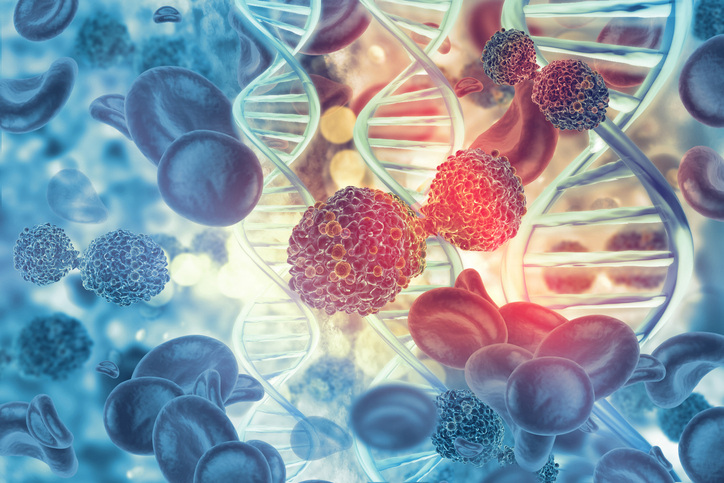In the quest for cleaner, more sustainable energy sources, understanding the fundamental processes of energy transformation is crucial. Among these, the mechanism of light harvesting – the process by which plants, algae, and certain bacteria convert light energy into chemical energy – holds profound implications for improving photovoltaic technologies and creating bio-inspired energy systems.
Transient absorption spectroscopy (TAS) has emerged as a critical tool in understanding the complexities of light harvesting. A sophisticated analytical technique, TAS examines the changes in a material’s absorption properties immediately after excitation by a light pulse. By monitoring how a material absorbs light over time, researchers can gain valuable information about the excited states of molecules, including their dynamics and interactions.
Here, we explore how TAS is shedding light – literally and figuratively – on advancing light harvesting technologies.
The Importance of Light Harvesting on Improving Renewable Energy
As the global community seeks to move away from fossil fuels and reduce greenhouse gas emissions, there is a pressing need for efficient and sustainable energy sources.
Enhancing light harvesting efficiency is crucial for developing more effective solar energy solutions and other photonic applications. The ability to efficiently harvest light directly influences the performance and viability of renewable energy technologies.
Solar power, derived from the sun's rays, stands out as a promising avenue for clean energy. However, the efficiency of solar technologies largely hinges on their ability to harness and convert sunlight into electricity or other energy forms.
Through advanced light harvesting mechanisms, inspired by the natural process of photosynthesis, we can improve the efficiency of photovoltaic cells and other solar-powered devices.
The Role of Transient Absorption Spectroscopy in Light Harvesting
TAS provides a detailed analysis of the absorption, transfer, and conversion of light energy at the molecular level. Insights gained from this process are instrumental in advancing light harvesting systems.
Transient absorption spectroscopy also empowers scientists to monitor and dissect the rapid-fire events that unfold in the aftermath of light absorption, illuminating the complex interplay of electrons and energy within materials. A detailed understanding of excited state dynamics is essential for identifying inefficiencies and steering the design of light harvesting systems.
By uncovering the molecular-level mechanisms, TAS enhances our comprehension of light harvesting, setting the stage for breakthroughs that boost the efficiency and effectiveness of renewable energy technologies.
Applications of Transient Absorption Spectroscopy in Light Harvesting
From solar energy conversion to the development of advanced photocatalytic materials, here are some of the many diverse applications of TAS:
Solar Energy Conversion
Transient absorption spectroscopy is a cornerstone technology for dissecting and enhancing the photophysical processes within photovoltaic materials. By analyzing how these materials absorb and convert light into electricity, you can identify the most efficient pathways for energy conversion.
TAS’s real-time ability to monitor the fate of excited states offers critical insights into the mechanisms of charge separation and recombination. This knowledge is helpful when designing solar cells with higher conversion efficiencies, pushing the boundaries of what’s possible with photovoltaic technology, and bringing us closer to maximizing the potential of solar power.
Photosynthesis Research
TAS provides a detailed look at natural and artificial photosynthetic systems. This technique also allows scientists to observe the ultrafast events that follow the absorption of sunlight by photosynthetic pigments, offering a glimpse into the efficiency of light-driven energy conversion in plants and algae. This insight is crucial for bioengineering efforts aimed at enhancing photosynthetic efficiency in crops, as well as for designing artificial systems that mimic natural photosynthesis for sustainable energy production.
Through understanding and optimizing the steps of photosynthetic light harvesting, TAS paves the way for innovations that could significantly impact food security and renewable energy resources.
Development of Photocatalytic Materials
The characterization and optimization of photocatalytic materials for environmental and energy applications are greatly advanced by transient absorption spectroscopy. TAS provides a detailed understanding of how light energy is converted into chemical energy, crucial for reactions like water splitting and CO2 reduction.
TAS acts as a spotlight, illuminating the inner workings of charge carriers in photocatalysts. This newfound knowledge paves the way for designing more efficient and targeted materials to drive crucial chemical reactions.
The insights gained from TAS are instrumental in advancing photocatalysis as a green and sustainable technology for energy storage and environmental remediation.
Organic Electronics
The detailed understanding of excited state dynamics provided by TAS is key to optimizing the design and function of organic electronic materials, contributing to the development of more efficient, flexible, and sustainable electronic devices.
Transient absorption spectroscopy offers valuable insights into the behavior of organic semiconductors, particularly in applications like organic light-emitting diodes (OLEDs) and organic photovoltaics (OPVs). By clarifying the processes of charge generation, separation, and recombination within these materials, TAS helps in fine-tuning the properties of organic electronic devices for improved performance. This includes enhancing the efficiency of light harvesting in OPVs and increasing the brightness and longevity of OLEDs.
Harnessing Light: The Path Forward
By enabling a deeper understanding of light-matter interactions and facilitating the development of efficient light harvesting systems, TAS is at the forefront of transforming our energy landscape. For those looking to invest in the future of energy, the exploration and adoption of TAS-equipped research and development initiatives represent a strategic step towards achieving sustainable energy solutions.
Ready to illuminate the future of sustainable energy – or just looking to learn more about transient absorption spectroscopy instruments? Feel free to browse our blog for more education or reach out to one of our TAS experts!



-1.webp)
SHARE